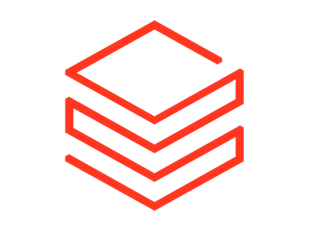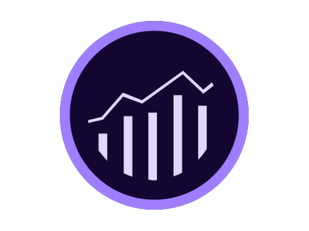Automate data pipelines, make your data work for you
Setup workflows in minutes
Accelerate your workflow development via no-code orchestrationReference ingestion or transformation steps from any pipeline
Scale data operations
Avoid risks or wasted time on infrastructure work with serverless data pipelinesChain pipelines together and stop complex time-based scheduling
Manage with ease
Gain full transparency into every step of your workflowsUnify fragmented data tools in one place
Seamless data integration






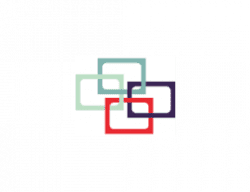
























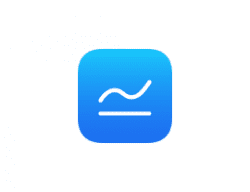




















































































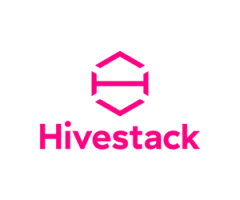




























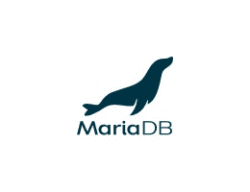




































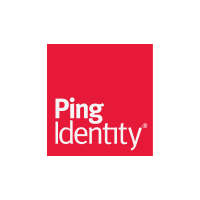
































































ELT pipelines modern workflow orchestration
Deliver advanced business logic
- Apply smart conditional logic with dynamic variables and loops
- Insert push-down SQL, Python scripts or both in a single workflow
- Trigger any REST API to Reverse ETL insights into operational systems
Control your activities and costs
- Define containers to run steps in parallel and modularize your workflow
- Easily monitor workflows execution health and address problems
- Manage costs with detailed consumption data across all workflows operation
Pre-built data workflow templates
- Enjoy analytics-ready data models with predefined kits for a variety of sources
- Reduce dev time with unified workflow templates for ingestion, transformation and orchestration
- Integrate transformations executed via dbt, Databricks notebook or other within the workflow

Daniel Rimon,
Head of Data Engineering, at Resident Brands.

How it works
1
Select your workflow steps - SQL, Python, reference other pipeline or action.
2
Define the work order with conditions, loops and containers.
3
Schedule your workflows or trigger via API.
See it in action – data workflow setup
FAQs
Data orchestration is the process of designing, implementing, and managing workflows and data pipelines to ensure seamless integration, transformation, and analysis of data from multiple sources. It involves organizing and coordinating data-related tasks to optimize data processing and enhance overall data management efficiency.
Data orchestration is crucial for businesses because it helps streamline complex data workflows, improve data quality, enhance collaboration among teams, and enables data-driven decision-making. It ensures that data is transformed, enriched, and delivered to the right people and systems at the right time, enhancing the overall operational efficiency of an organization.
The key components of data orchestration include data integration, data transformation, workflow automation, data monitoring, error handling, and data security. These elements work together to ensure that data flows smoothly through the entire data lifecycle.
Data orchestration goes beyond traditional data integration by not only focusing on connecting various data sources but also managing the entire data workflow, from data ingestion to data delivery. It involves complex data transformations, scheduling, and monitoring, providing a more holistic approach to data management compared to traditional integration methods.
Data orchestration can handle various types of data, including structured data (such as databases and spreadsheets), semi-structured data (like JSON and XML files), and unstructured data (such as text documents and multimedia files). It can also manage real-time streaming data from sources like IoT devices and social media platforms.
Data orchestration ensures that data is cleansed, validated, and transformed according to predefined rules and standards. By automating these processes, it reduces the chances of human error, enhances data consistency, and improves overall data quality and accuracy.
Yes, data orchestration can be used for real-time data processing. It allows organizations to create workflows that can process and analyze streaming data in real-time, enabling businesses to make immediate decisions based on up-to-the-minute information.
Yes, data orchestration solutions often incorporate robust security measures to protect data during transit and at rest. These measures include encryption, access controls, authentication mechanisms, and auditing capabilities, ensuring that sensitive information remains secure throughout the orchestration process.
Simplify and scale the orchestration of your ELT pipelines

















